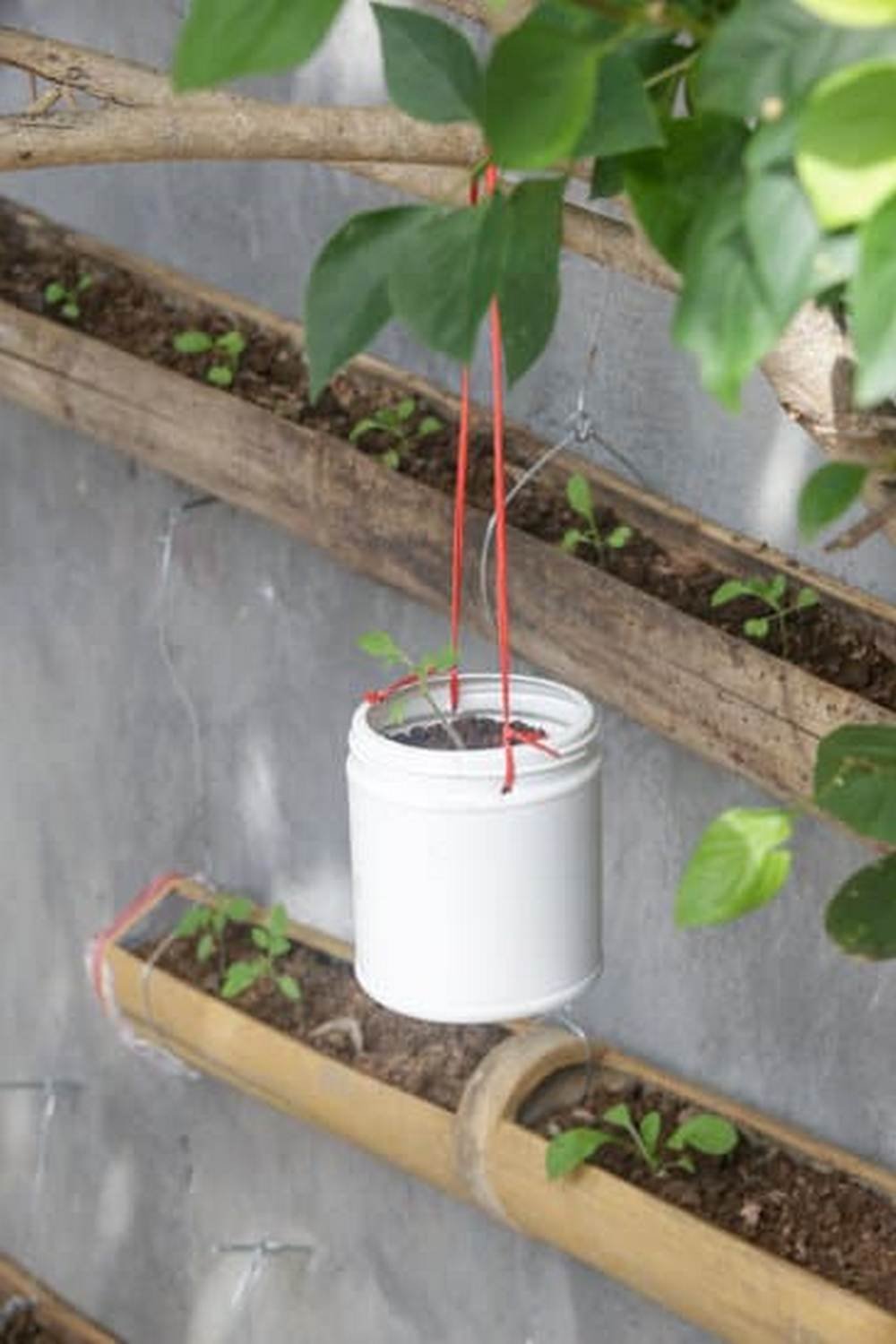Discussion of Different Types of Community Yard Waste Mulch
Using community yard waste mulch in the vegetable garden is a great way to reduce the amount of waste sent to landfills. There are a few different types of mulch available and all of them provide benefits to the soil and plants.
Organic mulch includes any type of material that was once living, such as leaves, grass clippings, wood chips, sawdust, straw, hay or compost. Organic mulches break down over time and can be tilled into the soil to improve fertility. These materials also prevent weed growth by blocking out light which reduces the amount of energy for germination and growth. Additionally, organic materials absorb warmth from sunshine on sunny days and retain coolness on colder days which helps protect vegetables from extreme temperatures.
Inorganic mulch includes materials like landscape fabric, plastic sheeting or shredded rubber tires. The benefit of using inorganic material includes that these products don’t breakdown over time so they are longer lasting than organic mulches while still providing some of the same benefits to keep weeds down and provide moisture retention or temperature protection.
When using any type of mulch it is important to follow basic application guidelines including spacing the material at least 4 inches away from plant stems (to avoid disease) and keeping weed inhibitors 2 feet away (to avoid impacting desired plants). Also, make sure not to overload with too much material; a thin layer is best for optimal results.
Tips for Finding High-Quality Community Mulch
When using community yard waste mulch in the vegetable garden, it is important to find a reliable source of mulch that is of good quality. Leaves, grass clippings, and other green material can provide nutrition for your garden. Knowing where to look and how to recognize quality material is key.
One way to ensure you are getting high-quality mulch is to reach out directly to local lawn services or tree care companies. Oftentimes, when homeowners and businesses receive lawn maintenance or tree trimming services, they will opt into having their yard waste collected by these companies as well. Often times this means the yard waste will be de-weeded (of any potentially invasive species) and professionally-sorted and ground into mulch so as not to leave large chunks of “yard waste” in your garden beds.
Municipal facilities are another great place to explore when looking for sources of high-quality community mulch. Town dump sites and recycling centers often offer free mulching options available year-round and can be paired with organic fertilizers or compost such as sheep manure or mushroom compost if desired. Checking with your city or town’s website can provide more information on availability and specific locations of these services.
Another option is contacting private commercial vendors who offer engineered ‘landscape’ bark value bags that come from shredded wood but are dyed different colors for aesthetics – typically darker or reddish tones for warmth – which acts as an instant soil cover and keeps weeds out during the growing season; however, keep in mind it will break down faster than traditional hardwood chips so frequent replenishment may be required every few weeks – but with numerous benefits in warming up the earth during colder days means you’ll have healthier tenders greens earlier in spring!
Cost-Saving Measures
Using community yard waste mulch in the vegetable garden is an effective way to reduce costs. Many local municipalities have programs in place for collecting grass clippings, leaves and other organic matter to be used for composting or for creating mulch. Community mulch can usually be accessed at a local transfer station or public works yard. Although these materials may not have been composted prior to their collection, they still offer many benefits when used in vegetable gardens. Experienced gardeners can often identify nutrient-rich mulch sources after testing it with a good soil sample.
For gardeners wishing to save even more money on mulch, there are several cost-saving measures which can be taken. Firstly, consider going out into the natural environment and collecting naturally decomposed leaves and pine needles, branches and dead wood, or straw from hay bales rather than buying bags of store-bought mulch. Secondly, look into budget-friendly bulk purchases from environmental-friendly sites or bulk suppliers who prioritize sustainability initiatives over profits. Another solution is the use of cover cropping between vegetables; this provides a nutritious layer of material that will eventually break down and nourish the soil below instead of having to buy new supplies annually. Finally, it’s important to replenish existing layers of mulch every season to help lock in moisture, nutrients and weed growth – something that can easily be done at little cost by simply maintaining any grassroots programs set up by your local government or municipality.
Recycling Options
Community Yard Waste Mulch can be incredibly beneficial in your vegetable garden, as it is filled with nutrients that are essential for growing healthy produce. The mulch helps to keep weeds and pests at bay, retain moisture in the soil, reduce soil compaction and erosion caused by frequent watering and tilling, and provide an organic source of nutrients for your vegetables. To ensure that your vegetable garden benefits from using this type of mulch, there are several key things to remember:
• Check with your local municipality or landscape company to find out where you can source yard waste mulch. Some services may even offer free delivery as part of a community initiative.
• Make sure the mulch that you choose is free of contaminants like pesticides, disease-causing organisms, or contaminated water sources.
• Store it properly – keep it off the ground and away from direct sunlight. Most varieties of community yard waste will stay workable and usable if stored correctly.
• Leftover mulch can be donated back to programs in your local area that help other members of the community; such as community gardens or local government initiatives.
• When applying your community yard waste mulch to the vegetable garden, avoid putting down too deep a layer – no more than two or three inches thick. This will discourage weed growth and ensure optimal water retention without over-saturating the soil.
Storage Solutions
If you plan to use community yard waste mulch in your vegetable garden, it’s important to store it properly over the winter or when not in use. To keep your mulch from becoming infested with pests, consider storing it in an air-tight container away from direct sunlight. As a safeguard against moisture, line the container with compostable plastic bags.
Before storing the mulch, inspect it carefully for debris and weed seeds that could potentially harm your vegetables. Additionally, make sure there are no nails or other sharp pieces of metal which could damage you or your garden tools while using the mulch. Remove any stones as they can cause erosion during rainstorms.
Before applying the mulch to your garden beds each spring, check its consistency again for signs of decay and mold which may have developed over the period. Adding vibrantly colored materials such as pine needles will help revive its vibrancy and give them a nice vibrant sheen if used freshly out of storage.
Questions and Answers
Q: I heard it’s not a good idea to use yard waste mulch in my vegetable garden. Is this true?
A: Yard waste mulch is actually a great choice of mulch for vegetable gardens, as it can help enrich the soil with organic matter. It should be noted, however, that only clean and untreated (free of herbicides, pesticides, etc.) mulches should be used in the vegetable garden. Additionally, avoid using fresh grass clippings as mulch in the vegetable garden as this can encourage some diseases or excessive weed growth.

If you’re looking to get into vegetable gardening, or are just looking for some tips on how to make your current garden better, then you’ve come to the right place! My name is Ethel and I have been gardening for years. In this blog, I’m going to share with you some of my best tips on how to create a successful vegetable garden.





